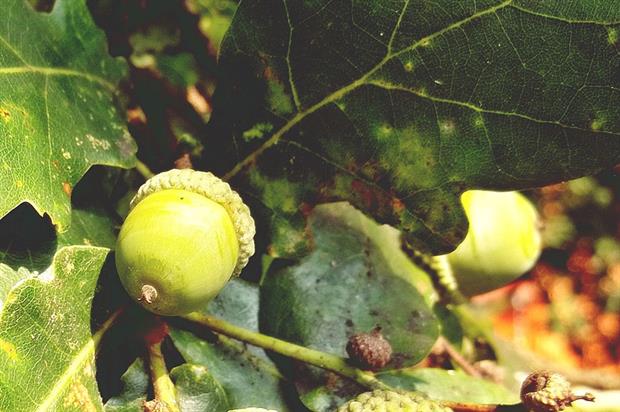
Defra has published a ‘tree health resilience strategy’ setting out its measures to try and stop diseases such as Xylella.
Proposals to consult industry on new quarantine arrangements for high-risk plants are among the measures set out in the Government’s new plan to protect UK trees.
Quarantine is used by some horticulture businesses as part of biosecurity measures against high-risk species. Defra wants to look into broadening this after consulting with industry.
The Tree Health Resilience Strategy, a publication stemming from the 25-Year Environment Plan, sets out a new proactive approach to tree health, with “landowners, charities, the public and government working together to take actions to build resilience against pests and diseases to protect UK trees”. Defra says UK trees are worth £175billion.
The cross-industry Plant Health Alliance to strengthen biosecurity and including nurseries, retailers, tree suppliers, landscapers, foresters, the RHS and Defra held its second meeting this week, at RHS Chelsea Flower Show.
Speaking at the show, Defra secretary of state Michael Gove said: “The UK has a global reputation for setting the high standards for biosecurity of plants and trees but there is no room for complacency. We must seize every opportunity offered by Brexit to strengthen our biosecurity.
“In 10 years’ time I want to be able to say our oaks are thriving, that pests are being kept at bay and that our woodlands and forests are flourishing.
“Trees benefit our economy, society and wellbeing significantly and this strategy sets out how we will preserve them for generations to come.”
The Strategy also includes:
Launching the ‘Don’t Risk It’ campaign this summer to raise awareness of the risks of bringing back plant materials from holiday destinations
Consulting with industry on contingency plans for key threats to our trees and plants to ensure a swift and effective response should new pests and diseases enter the UK Strengthening protection against Xylella – maintaining continuous scrutiny of the risk situation and taking measures to maintain the strongest possible controls
Building knowledge and awareness of threats to trees to ensure accurate and up to date information
Working in partnership with the sector to drive up biosecurity standards through assurance and safe sourcing
Exploring strengthening of public procurement strategies to specify safe sourcing, and
Reviewing passenger baggage allowance for regulated plant material to assess whether it should be discontinued.
Christine Reid, Head of Conservation for the Woodland Trust, said: “The Woodland Trust welcomes this strategy. It is an important step in coordinating the UK’s efforts to combat tree pests and diseases; we rely on our beloved trees, yet they are facing too many threats.
“We need an effective biosecurity strategy, we need to plant more UK-sourced trees, and we need to develop the forestry sector. With the necessary knowledge, skills and capacity, we can ensure a healthy, resilient tree population.
“This strategy outlines the key steps required, and has brought together the sector charged with making this happen.”
Sir Harry Studholme, Chair of the Forestry Commission said: “Publishing this strategy is a critical milestone in our ongoing work to safeguard England’s trees. It provides clear direction on how we can work collaboratively across sectors, to combat tree pests and diseases, to protect our beloved forests and woodlands for not only our current generation but for the future.”
To read the original article, click here: https://goo.gl/3TLhS7
